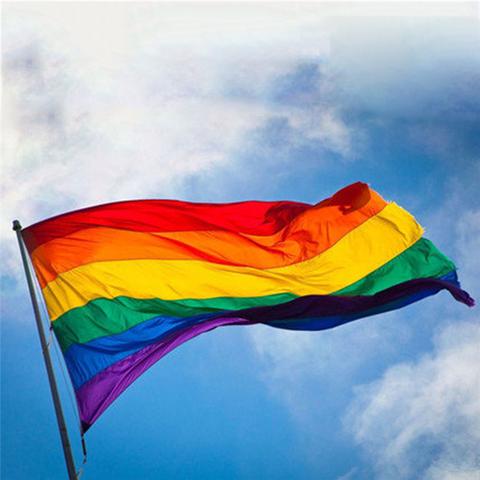I realize I’m somewhat delinquent in posting- the end of the year is tough. Professional development takes up a lot of my time, plus I’m hanging out with my family and taking summer courses. However, loyal readers, I bring you my lessons for Pride Month.

In keeping with our philosophy of our classes being windows to see into others’ lives and mirrors to see their own lives for every history student, I worked hard to find a way to honor LGBTQ+ founders during Pride Month. LGBTQ+ history and contributions should be included year-long to have a truly diverse curriculum; however, any attempt at inclusion is better than no attempt at all. (See my lesson on gender & Colonial American children here that was done earlier in the school year.) The best part of this lesson was seeing the faces of my LGBTQ+ students when they were learning about people who are just like them. Every kid should have those moments more than once all year long!
Finding documentation of LGBTQ+ history in the early years of our country can be astoundingly difficult because discrimination and prejudice kept LGBTQ+ contributions largely undocumented; however, if you work hard you can find sources. I chose different ways of presenting LGBTQ+ issues and history for my 5th and 8th graders, as lessons should be developmentally appropriate.
8th Grade Lesson
In 8th grade I focused on the Stonewall Resistance. We have been studying rights and resistance throughout the year, so while Stonewall didn’t take place in the late 1700s or early 1800s, the themes surrounding the events at Stonewall fit perfectly. To begin the lesson, I asked students to give examples of times in American history that we’ve studied that people were denied their rights and how those people worked to attain the rights they deserve. Once we made our list, I presented the essential question of the unit:
| What is the significance of the events at Stonewall on June 28, 1969 when taken into context of LGBT laws, events, and people throughout New York City History? |
I used the video embedded below, “The Stonewall Riots Explained” to give the kids some context of gay history. I felt that the narrator of this video did a great job finding examples of gay history and explained them in a way that 8th graders could understand while also retaining their interest.
Following the video, we looked at artifacts to give even more context to LGBTQ+ history and Stonewall. Artifacts include commissioned government documents from 1902 all the way up to recent tweets by Donald Trump. Students use the artifacts to fully develop the answer to the essential question. The artifacts were curated by the Stonewall National Monument (https://www.nps.gov/ston/index.htm). You can find the artifacts here.
For homework and to review, students read this Newsela article. The article, entitled “The Stonewall Riots: Catalyst for Gay Rights Movement,” gave students more insight into the Stonewall Rebellion and also gave examples of how the Gay Rights Movement has expanded since 1969.
5th Grade Lesson
In fifth grade, we focused on children’s literature to help students understand transgender youth. We began by talking about symbols: what symbols have we studied throughout the year that help us understand a culture? Once we populated that list, we read an article about the meaning of the rainbow flag and how it became the symbol of the LGBTQ+ community: https://newsela.com/read/lib-history-rainbow-flag/id/31456?utm_source=email&utm_campaign=share&utm_medium=web
Following that discussion, we read “I Am Jazz” by Jessica Herthel & Jazz Jennings. My school has had extensive professional development training about gender, so I felt prepared to read this book and answer questions from my 5th-grade students. Prior to doing this, you will definitely want to make yourself familiar with vocabulary and issues about the gender spectrum. Teaching Tolerance has a very good website to get you started in moving away from the gender binary and understanding the spectrum: https://www.tolerance.org/magazine/summer-2013/the-gender-spectrum 
I read the book aloud to students as they looked at the pictures. I had the below questions as prompts for student discussion, but I didn’t need much. Students asked questions about the character, Jazz, talked about our school’s All-Gender Bathroom, and tried to relate to Jazz in other ways– like feeling left out, being bullied for being different, etc. We ended the lesson by discussing the world “ally”– what does it mean and how can we be one to all kinds of people?

